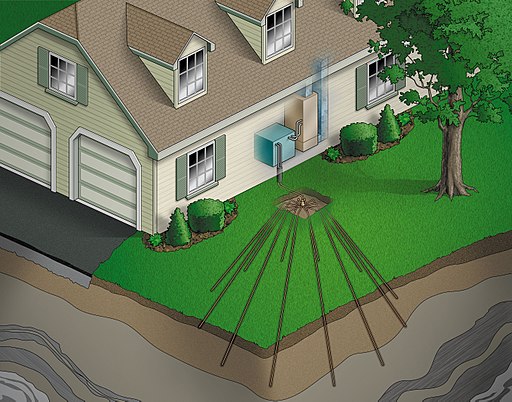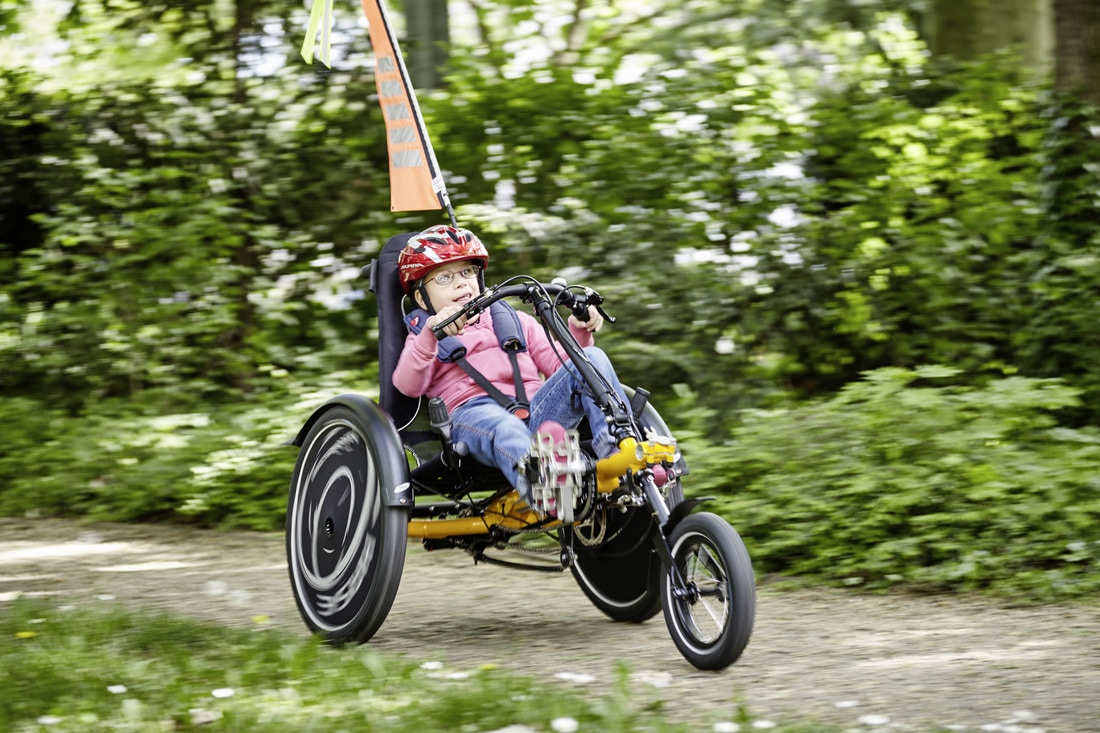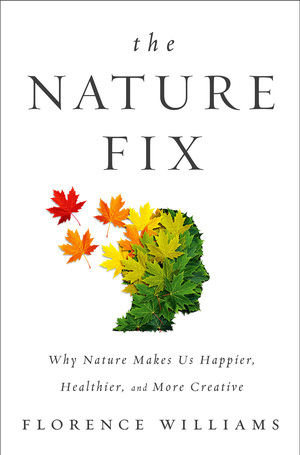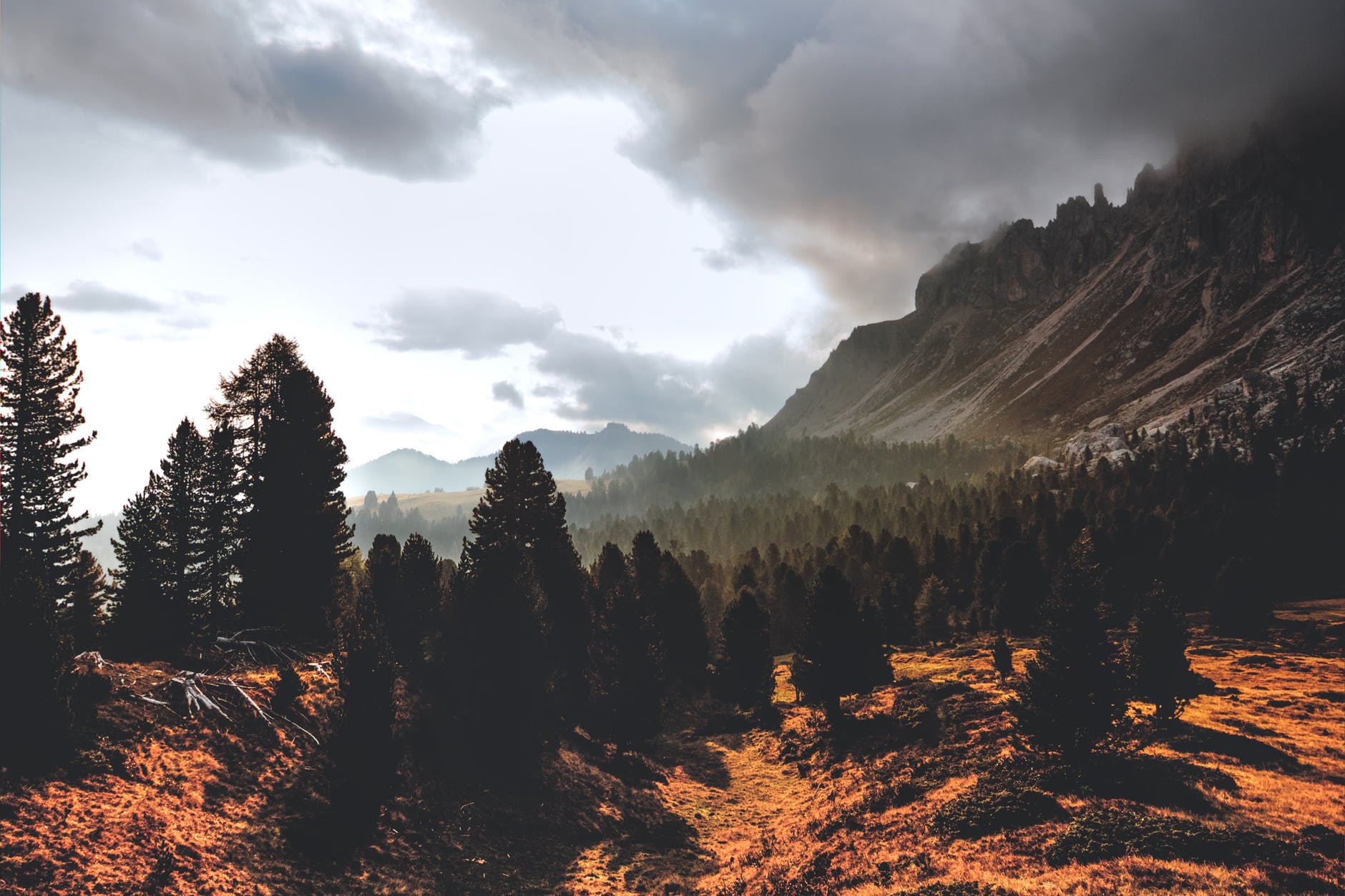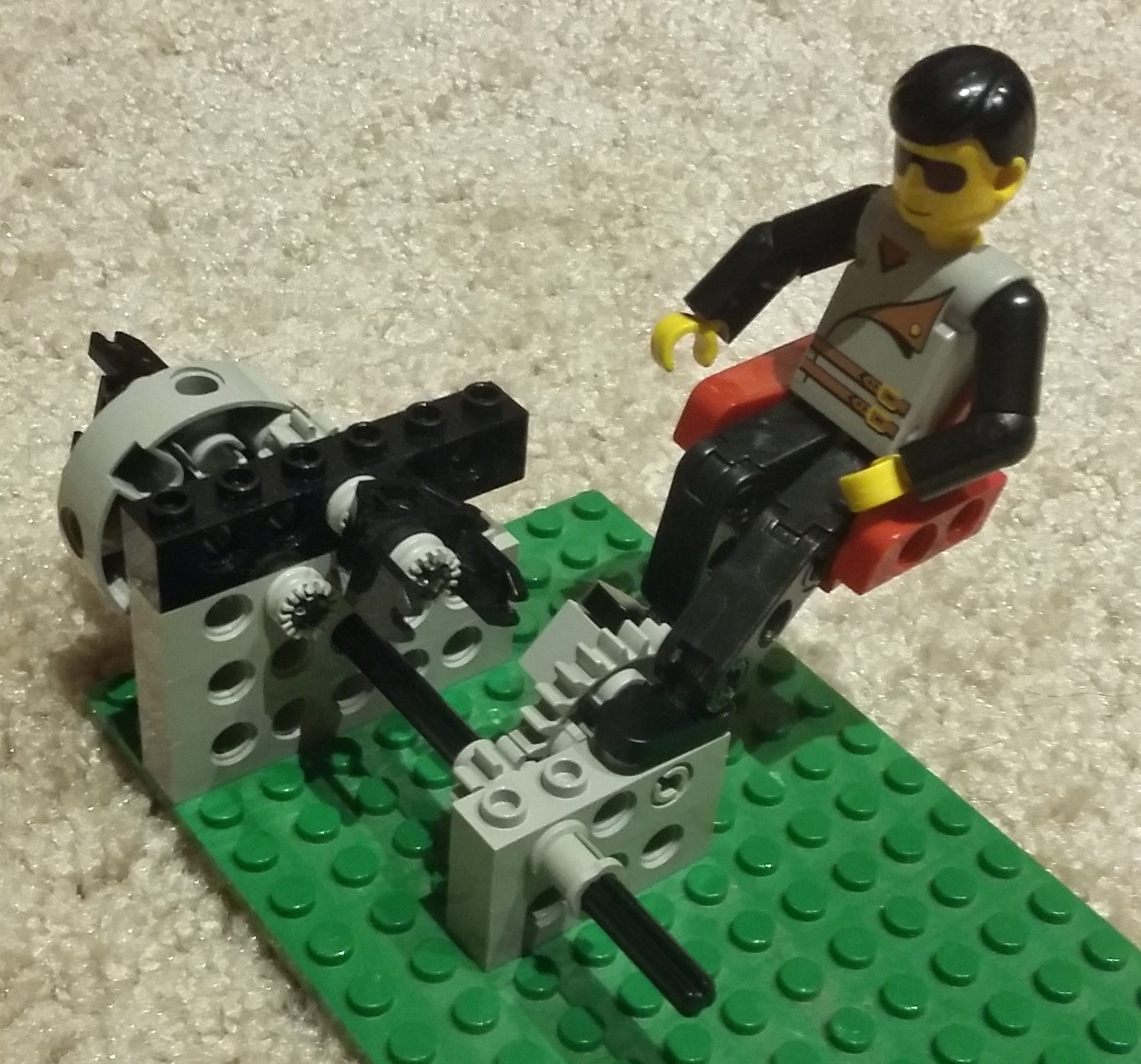
Photo by Peter Spencer on Pexels.com
When I started Solarpunk Station in January, I was hoping to address some of the more common criticisms of the movement. Namely, there’s not enough practical solarpunk, and that solarpunk is’t really punk, just a lot of pretty, utopic pictures without any substance.
In the upcoming year, I’m hoping to refocus and bring you more practical solarpunk projects. Writing a book review about the health benefits of nature is a lot easier than getting out in the woods to experience it. Writing about cryptocurrency is a lot simple than exploring the limits of distributed manufacturing technology.
Right now, I’m in the planning stages of two modest, but real projects that I hope to share in 2019. Do I hope to do more? Yes. But I need to start somewhere, and I’ve learned that when I try to start too big I might not be able to finish.
In the face of all that’s going on, I realize that trying to live more sustainability might seem pointless. I think finding a better way to live that is lighter on Mother Earth is something that I need to do for me. Trying to make more sustainable choices is something that helps me feel more in tune with the world around me. I’m no enviro-saint; I’m just trying to do the best I can and learning from my mistakes along the way.
Feel free to forgive yourself and learn. When you come across climate deniers or other people with belligerent world views, remember that ideals and ideas are mutable. I was once a climate skeptic, but after meeting with scientists at NOAA (National Oceanic and Atmospheric Administration) I was able to see why the concern was real.
Encourage open-mindedness in your opponents through empathy and understanding. Shouting matches rarely breed thoughtful discourse. That said, it’s not your responsibility to convert the world. There are toxic, dangerous people out there, so if something feels off, disengage. Don’t feel obligated to get yourself hurt trying to convince people that climate change is real. If you’re a brave soul who can go out to protests and direct action, more power to you. If you can write your elected officials or sign a petition, that’s great too. There’s no one way to win the fight for a solarpunk future, so do what you can, when you can.
I’m a maker, so I’m going to try to use my skills to make this world a little better. If you can, see what skills you have and think of ways you can use your powers for good. Feel free to share any ideas or questions below.


